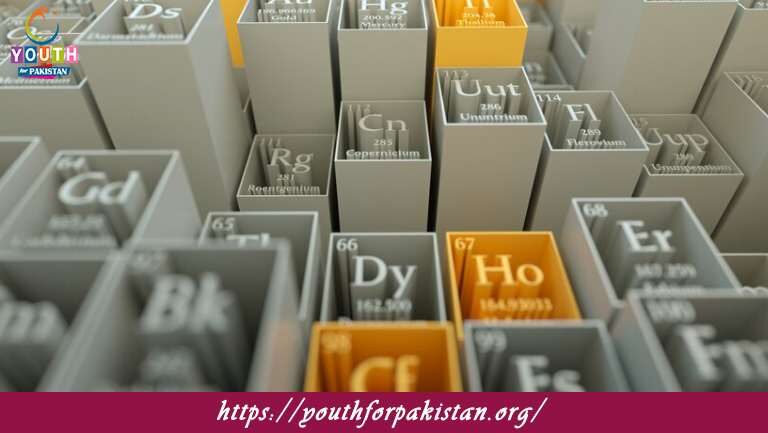12th Class Chemistry Chapter 1 Quiz with Answers

“12th Class Chemistry Chapter 1 Quiz: Periodic Classification of Elements & Periodicity” is a broad chapter dealing with the systematic way elements are arranged in the periodic table and the recurring trends in chemical and physical properties. The chapter is basic for understanding the behavior of elements and their compounds, so it becomes essential in MDCAT preparation. In this regard, our MDCAT Quiz and free flashcards will aid your learning and make the mastery of concepts easier.
Evolution of the Periodic Table
The chapter opens with a historical outline of the development of the Periodic Table. Early attempts in grouping the elements were done by Dobereiner with his triads and Newlands with the Law of Octaves. It was, however, Dmitri Mendeleev who organized all the elements known at his time on the basis of their atomic masses and even predicted the properties of yet-undiscovered elements. The Modern Periodic Law, propounded by Henry Moseley, later rearranged it on the basis of atomic number into its present form.
The periodic table is divided into groups (vertical columns) and periods (horizontal rows), each reflecting specific properties of elements. Understanding the grouping of elements—such as alkali metals, halogens, and noble gases—forms the basis for predicting their chemical behavior.
Periodicity of Properties in the Periodic Table
A major emphasis in this chapter is on the concept of periodicity—the recurring tendencies in the characteristics of elements while traversing through a period or moving down a group. The major periodic properties include:
Atomic Radius: The atomic size decreases across a period because of the increase in nuclear charge, which pulls the electrons closer to the nucleus. On the other hand, atomic size increases down a group with the addition of electron shells.
Ionization Energy: The energy required to remove an electron from an atom increases across a period and decreases down a group. This trend is explained by the effective nuclear charge and electron shielding effects.
Electron Affinity: The electron affinity of an atom increases from left to right across a period and decreases from top to bottom down a group.
Electronegativity: This property also shows a trend similar to that of ionization energy; elements in a period show an increase in electronegativity.
Metallic and Non-Metallic Character: Metallic character decreases across a period and increases down a group, whereas the non-metallic character shows the opposite trend.
MDCAT Quiz: Test Your Periodic Table Knowledge
Challenge your understanding with our MDCAT Quiz for Chapter 1. The quiz covers key topics such as periodic properties, group and period trends, and the historical development of the periodic table. It is an excellent resource for preparing for MDCAT-level questions and enhancing your retention.
- Test Name: 12th Class Chemistry Chapter 1 Quiz
- Type: Quiz Test
- Total Questions: 30
- Total Marks: 30
- Time: 30 minutes
Note: Answer of the questions will change randomly each time you start the test, once you are finished, click the View Results button.
Free Flashcards for Periodicity
Reinforce your learning with our free flashcards, summarizing such important topics as ionization energy, the trends of atomic radius, and other characteristics of the element blocks. Flashcards are a fast and efficient tool for reviewing the concepts on the go and significantly improving your memorization.
Experience the real exam environment with our expertly designed collection of over 25,000 MCQs MDCAT Mock Tests.






